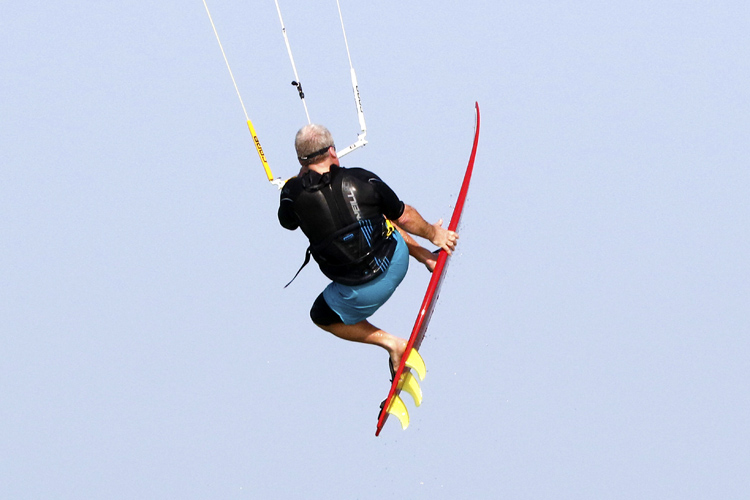Discover the most common types of kiteboards. Find out which board to ride in your favorite kitesurfing style.
The sport of kiteboarding evolved dramatically in the 21st century.
Today, a kite enthusiast has several disciplines to choose from: wave riding, freestyle, slalom/course racing, speed, big air, wake park riding, kite buggying, and kite landboarding.
As a result, kiteboarders have to adapt their riding gear to the conditions they're facing out in the water and even on land.
There are kites for specific needs and, obviously, boards for various situations.
The most relevant shapes and styles of kiteboards are twin-tip boards, light wind boards, kite surfboards, and foil boards.
The Twin-Tip Kiteboards
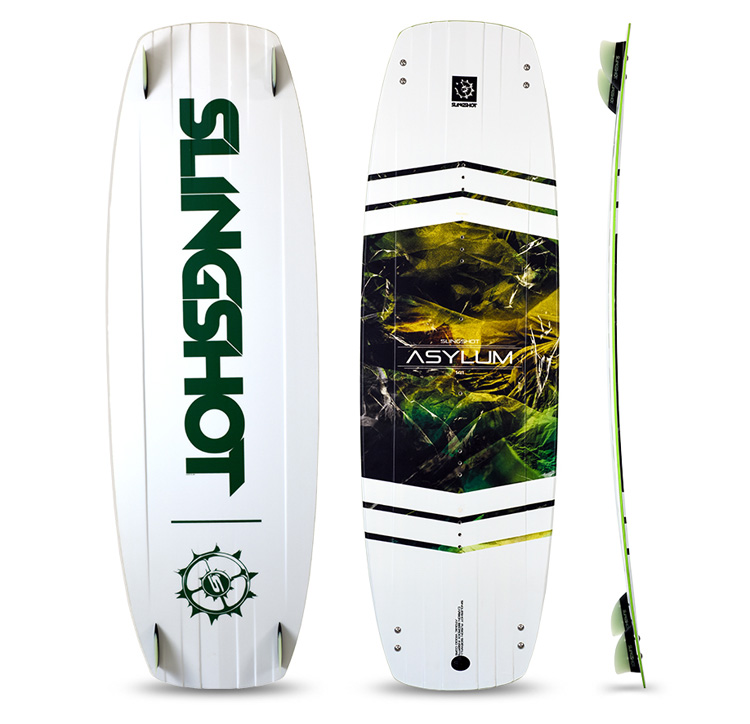
The twin-tip is the most common kiteboard, and it can be used in almost any kiteboarding discipline.
It looks like a traditional wakeboard and usually features foot straps and pads.
The majority of the twin-tip models display a concave bottom and channels that drive water in a certain direction, increasing overall speed.
With a flat, medium, or high rocker, the twin-tip showcases a straight or curved outline with square or rounded tips.
It is one of the favorite boards for freestyle, freeride, race, and wake-style kiteboarding.
The Light Wind Kiteboards
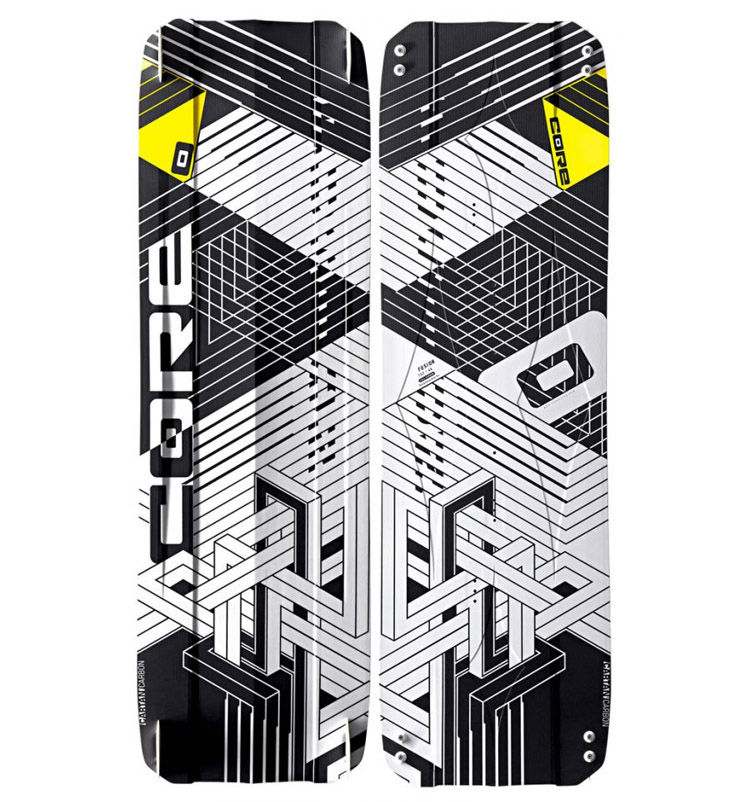
The light wind kiteboard offers a lot of surface area with its nearly perfect rectangular shape.
It allows the rider to plane in marginal winds.
Generally speaking, this board is slightly flatter, lighter, and wider than an average twin-tip.
It also creates less drag than the most popular model because its profile generates more lift.
Light wind kiteboards tend to be more expensive than a standard twin-tip, and they're also the weapon of choice for heavy riders.
The Kitesurf Boards/Wave Kiteboards
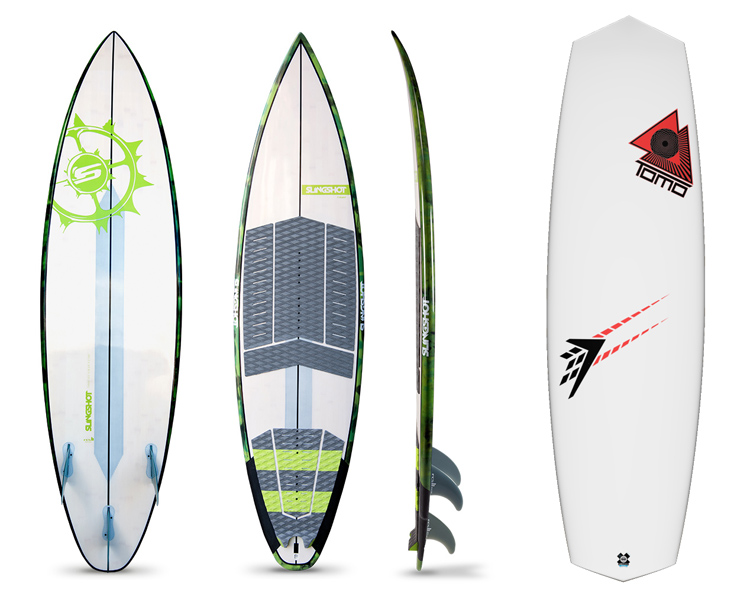
The kitesurf board is the ideal board for riders who wish to hit the surf and the waves, go for big airs, or simply cruise around unhooked.
They can be used with or without foot straps and traction pads.
From an outline perspective, there are really no big differences between a kitesurf board and a classic surfboard used in surfing.
However, a kite surfboard is generally smaller, thinner, and narrower than a standard shortboard and often features an epoxy core.
More recently, in this segment, diamond tails, and diamond nose shapes have been taking over the market.
The Foil Boards
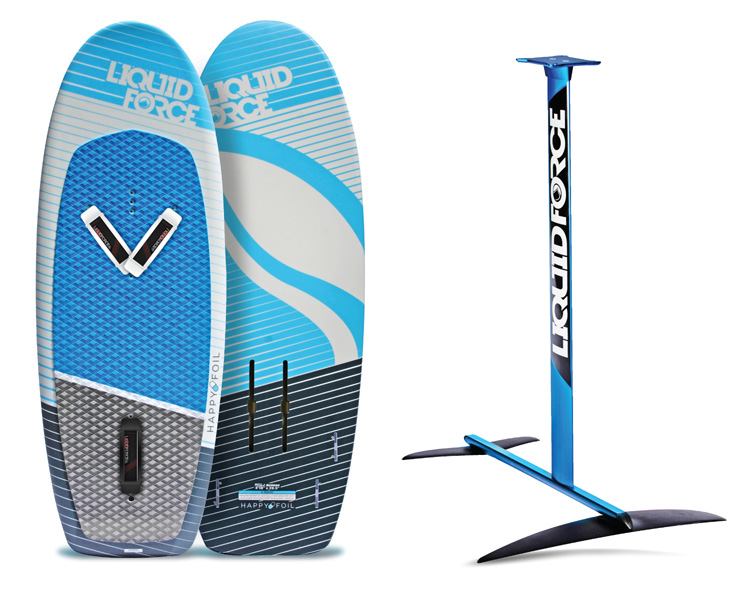
The foil kiteboard is the fastest board you can get.
Thanks to its hydrodynamically designed wing, the board flies above the surface of the (choppy) waters, eliminating the effects of drag.
It is the ideal board for riding upwind and in marginal wind conditions.
The hydrofoil requires less physical effort and turns faster than any other kiteboard model.
The foil board is the weapon of choice for course race kiteboarders.
Explore the best kiteboards in the world.
